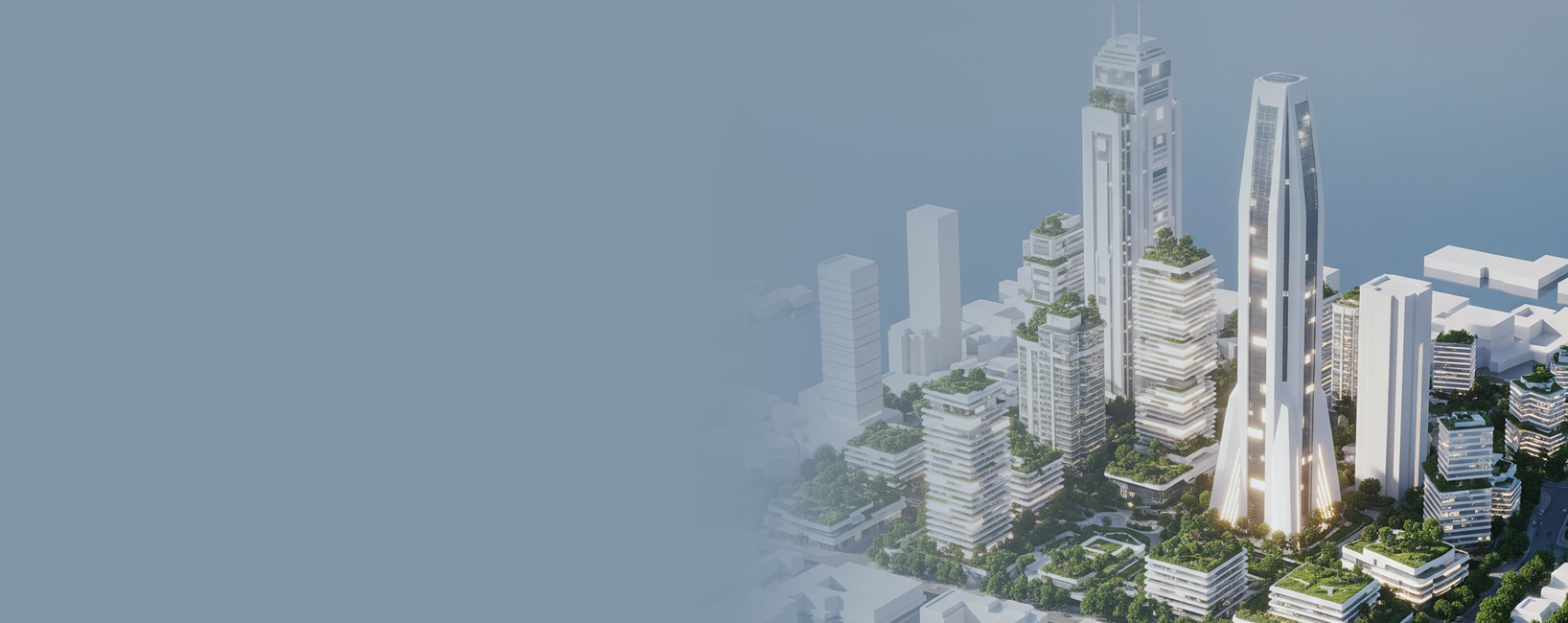Think about all the buildings you walk into daily. Do you spend more time inside your house, office, or university than you do outside? We bet that the answer is yes.
Whether or not you live in a sprawling urban center, suburban neighborhood, or in rural community, we’ve got news for you. On average, humans spend around 90% of their time in buildings, and here’s where the situation gets complicated.
According to the European Commission, the building sector is the largest consumer of energy in the EU, since buildings are responsible for 40% of the EU’s energy consumption and 36% of greenhouse gas emissions. In our collective fight to stop climate change, the way we build must evolve in order to adhere to new expectations and standards related to sustainability.
That’s where sustainable buildings come into the picture. We want to introduce you to what sustainable buildings are and why they’re important. Chances are you have one in your community, city, or state. So keep reading to find out what a sustainable building is all about.
What is a sustainable building?
A sustainable building is one that uses sustainable technologies and materials in order to reduce its impact on the environment. Green or sustainable buildings must improve or maintain the quality of the environment in which they’re located. They must also be highly efficient across the board and reduce the consumption of resources during the planning, construction, and operational phases.
The definition of a sustainable building varies depending on where you look. However, a generally accepted definition is that a sustainable building is one that puts sustainability at the heart of every stage of the building life cycle.
Most sustainable buildings are LEED certified, which is the most widely used rating system for sustainable and green buildings around the world. The LEED framework is a holistic system that takes into consideration different elements to determine whether a building is constructed in the best way possible. There are four levels of certification that a building can be awarded (from lowest to highest): certified, silver, gold and platinum, and these designations can be applied to many different types of buildings – from commercial to residential.
Is a sustainable building different from a green building?
Although the two terms are often used interchangeably, there is a difference between the two, according to the British Assessment Bureau.
The difference lies in that sustainable buildings consider three fundamental pillars: people, planet, and profit, whereas green buildings focus solely on the planet. Strictly speaking, all sustainable buildings are green, but not all green buildings are sustainable buildings.

How is a sustainable building built?
For a building to be achieve the designation of sustainable, it must comply with certain guidelines related to the people, economy, and environment it affects. LEED v4.1, the latest standard for sustainable buildings, establishes the following requirements:
- Location & Transportation – Buildings should not be constructed in environmentally fragile areas. They also support the use of public transportation and promote pedestrianization to reduce the use of private cars.
- Outdoor Environment – Pollution and the use of natural resources should be minimized in order to protect the natural environment and facilitate interaction with nature.
- Water Consumption – The use of water should be during construction and operation should be minimal in order to reduce the building’s water footprint.
- Energy Consumption – Renewable energy sources should be prioritized and energy consumption as low as possible.
- Recycling – The use of sustainable and recycled materials must be incorporated in the construction phase. There should also be a recycling system in the operational phase.
- Indoor Environment – The quality of indoor space for occupants should be optimized. This includes factors such as noise pollution, cleanliness, thermal control, etc.
- Design – Sustainable design strategies should be considered and implemented throughout the construction phase.
- Improvement – Finally, a sustainable building should improve the area where it’s built, improving the environment, community, and social conditions around it.
Benefits
Sustainability throughout the entire life cycle of a building can have many tangible and intangible benefits for its extensive list of stakeholders. Some common advantages of sustainable buildings include:
- Fewer costs & more profit (E.g., fewer resources required and higher ROI)
- Reduced carbon emissions, energy, and water
- Less waste involved (E.g., recycling is prioritized in the construction and operation phases)
- Improved health (E.g., less exposure to harmful toxins)
- Use of renewable and safer materials (E.g., solar panels, optimized insultation)
- Better quality of life (E.g., more productivity in commercial spaces, less noise pollution)
Some of the most popular green buildings around the world
Let’s move away from theory and look at some examples of popular sustainable buildings around the world. We’ve gone through an extensive list of options to show you three of the most popular sustainable buildings.
Shanghai Tower – Shanghai, China
Shanghai Tower makes its way to the top of our list because of its construction using only locally sourced materials, including recycled materials.
The world’s second tallest building is also Platinum LEED certified and hosts wind turbines that power the building’s parks and exterior lighting. Its design, which optimizes natural light, reduces the need for electricity.

One Angel Square – Manchester, UK
One Angel Square has received numerous awards for its environmentally-friend design and is currently the headquarters of the Co-operative Group. This smart building has the potential to host around 3000 employees.
In fact, one interesting detail is that this futuristic building is powered by the rapeseed oil grown on the Co-operative Group’s farmland. Moreover, One Angel Square was designed with a system to recycle waste and rainwater and send unused energy from back to the grid.

Manitoba Hydro Place – Winnipeg, Canada
This architectural legend is renowned for its energy efficiency. Its self-renewable waterpower systems and ability to change according to different weather conditions by adjusting insulation and humidity levels has positioned it as one of the top energy efficient buildings in North America. Thanks to its many sustainable features, just over 60% of energy savings have been achieved.

What CEMEX Ventures is proposing
Sustainable building options are no longer considered added benefits, but rather necessary elements during the design, construction, and operation phases of a building. That’s why we prioritize solutions that play a role in the transition to a low-carbon economy, enhance productivity, improve the sector’s supply chain, and make use of new technologies.
If you’re a startup with a solution to innovate the construction industry, we want to meet you! Whether you’re looking to test your solutions, initiate a new collaboration agreement, obtain new clients, or even raise capital, contact us and let’s revolutionize the construction ecosystem together!

